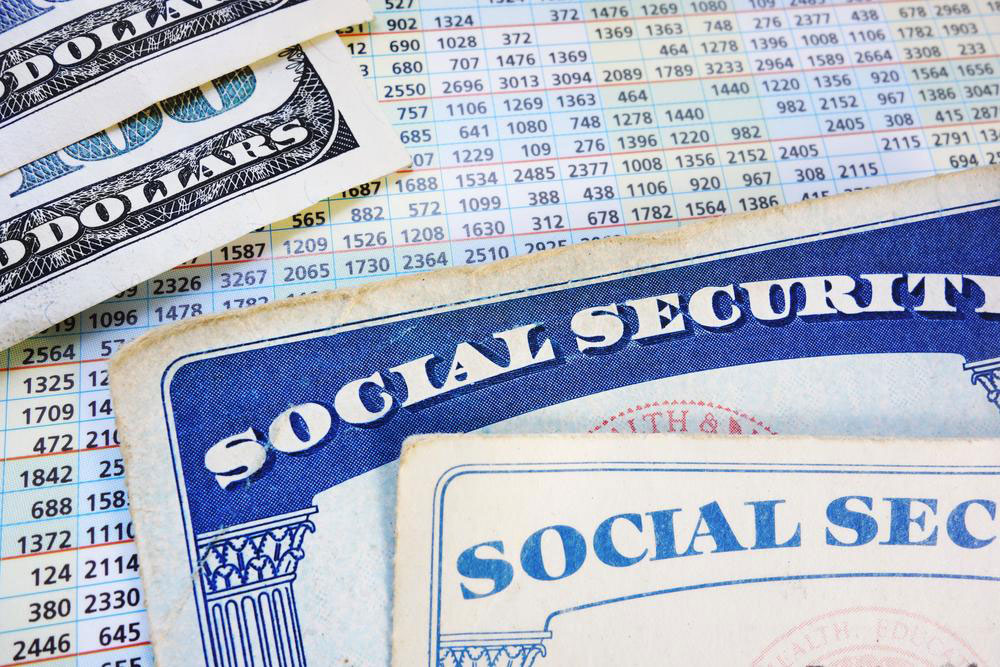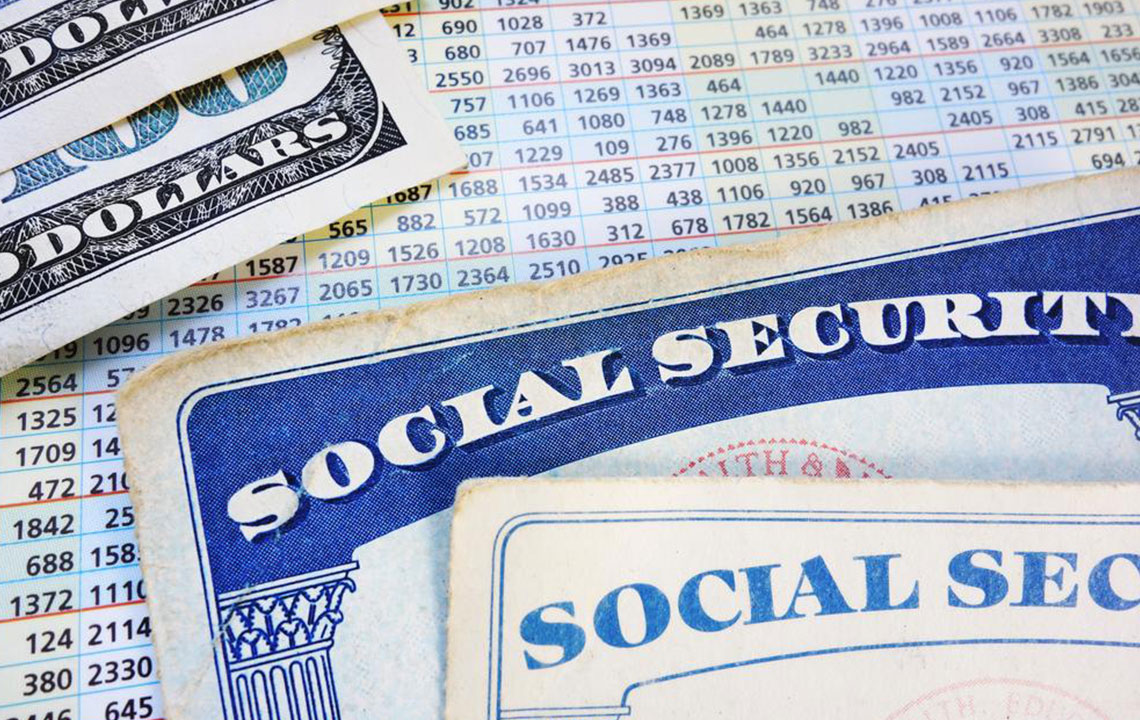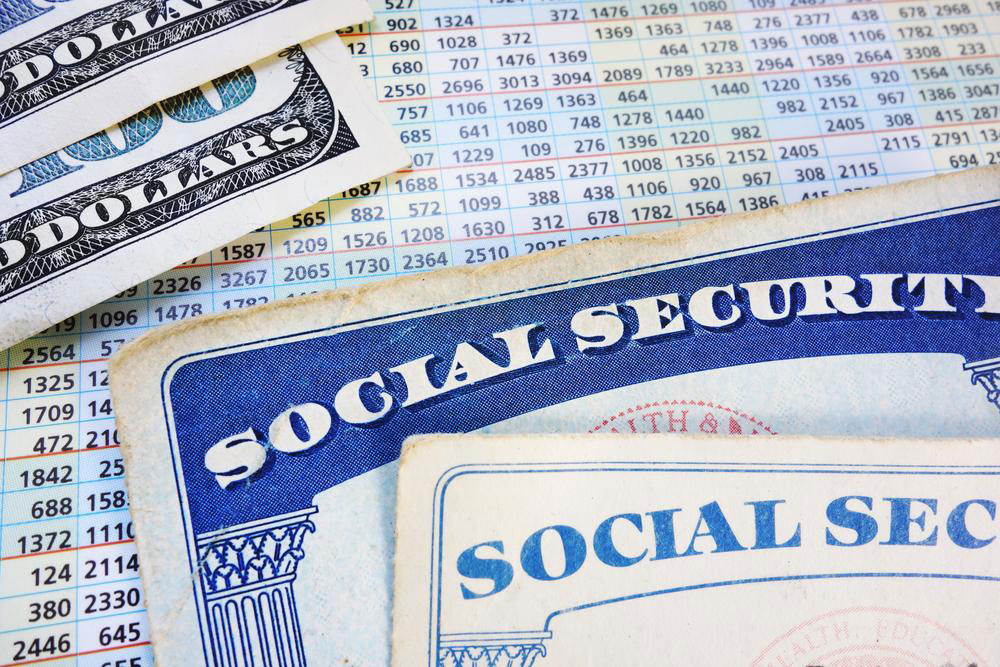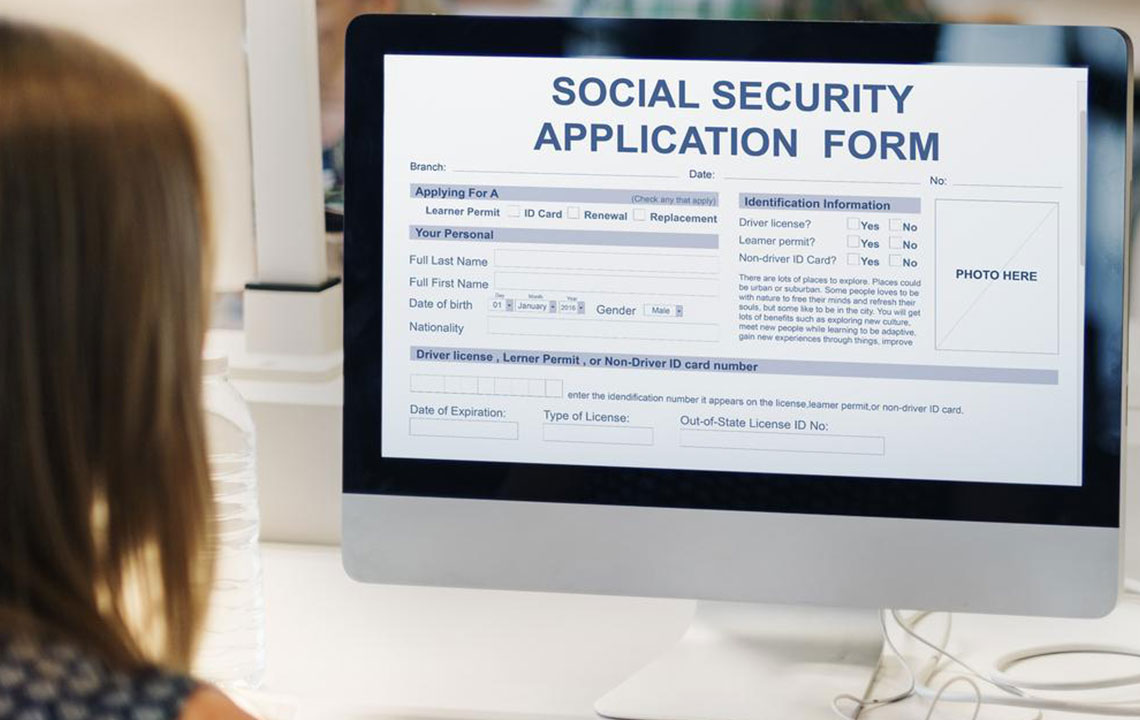Protect Your Social Security Number: Essential Tips for Safety and Replacement Procedures
This comprehensive guide highlights the importance of safeguarding your Social Security Number (SSN), provides tips on preventing identity theft, and explains how to request a replacement if your SSN card is lost or stolen. It emphasizes quick action, proper document handling, and the importance of using official channels to protect your personal security. Whether you're in the process of replacing your SSN or just want to keep it safe, the article offers valuable advice for safeguarding this essential document and ensuring your financial well-being.
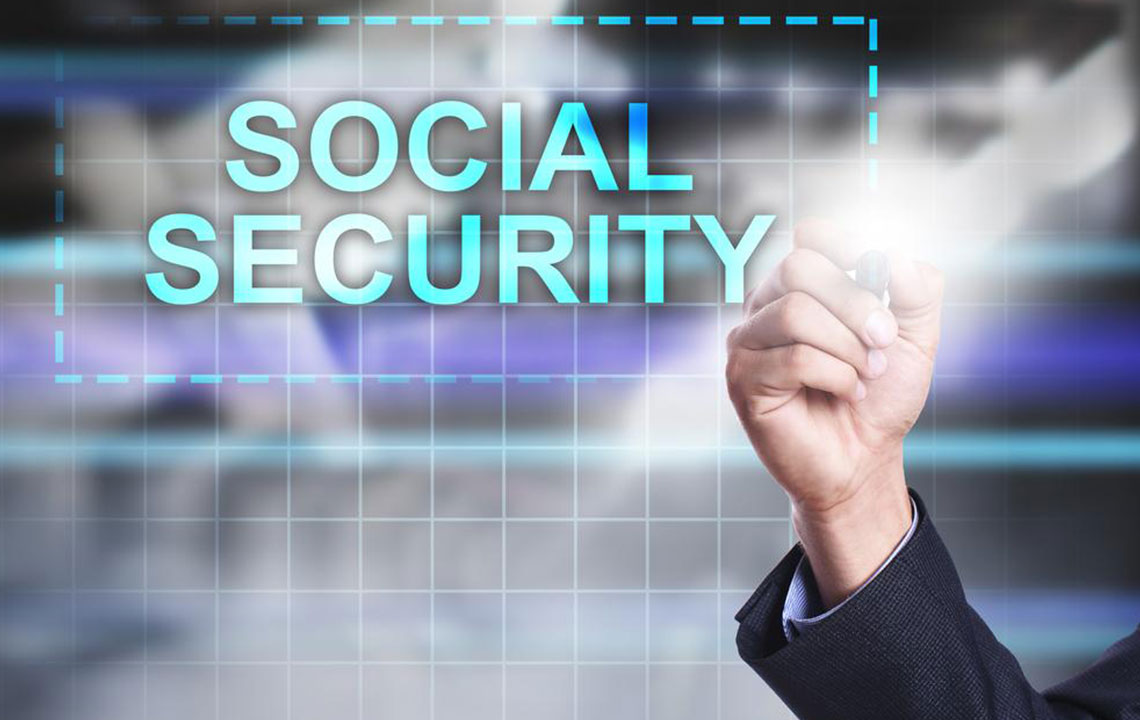
Protect Your Social Security Number: Essential Tips for Safety and Replacement Procedures
Your Social Security Number (SSN) and the physical card associated with it are among the most important personal identification documents you hold. These credentials are not only crucial for accessing various government benefits such as disability, retirement, and survivor benefits but also serve as proof of your earnings record throughout your working life. Given its significance, safeguarding your SSN is vital to prevent identity theft and ensure your personal security. Losing your SSN card can seem alarming, but it’s a manageable situation with clear, straightforward procedures provided by the Social Security Administration (SSA). Whether you reside in the District of Columbia or certain states, the SSA offers convenient online options for requesting a replacement, making the process easier than ever.
If your SSN card gets stolen, it’s imperative to take immediate action. The theft of your SSN can lead to serious consequences such as identity theft, unauthorized credit applications, or even fraudulent loan requests. Therefore, prompt reporting to the SSA and local authorities is essential. Contact your local SSA office or visit their official website to initiate the replacement process and protect your identity.
Stolen or lost SSN cards are often exploited by malicious actors for various types of identity theft. Criminals can use these documents to access your personal and financial data, open new accounts, or apply for credit and loans fraudulently. To minimize the risk of misuse, it’s crucial to store your SSN card securely—preferably in a safe or a locked drawer—and avoid carrying it with you unnecessarily. Your SSN should only be shared with trusted entities and only when absolutely required.
If you need to replace your SSN card, follow these simple and effective steps to ensure the process is completed smoothly and securely:
Complete Form SS-5: This is the official application used for requesting a new SSN card, replacing an old one, or correcting personal information. The form is available for download on the SSA’s official website, or you can pick it up at their local offices.
Gather Necessary Identification: Prepare proof of your identity, which typically includes documents such as a valid driver’s license, state-issued ID, or passport. The SSA requires original documents or certified copies to verify your identity thoroughly.
Submit Your Application: You can mail your completed form along with your identification documents to your local SSA office, or in many cases, you can submit everything online through the SSA’s secure portal if you meet eligibility criteria. Make sure to consult the official SSA guidelines for specific acceptable documents and methods.
Once your application is approved, the SSA generally mails your replacement SSN card within ten days, provided all your documentation is validated and there are no issues. The new card will carry the same SSN number as before unless you have requested a legal name change or other modifications. Importantly, replacing your SSN card does not carry a fee; however, beware of scams or third-party services claiming to provide this service at a charge. Always go directly through official SSA channels to avoid potential fraud or identity theft.
To ensure security, only share your SSN when necessary and only with trusted entities. Regularly monitor your credit reports to detect any suspicious activity, especially if your SSN has been lost or stolen. Protecting your SSN is a critical step towards maintaining your financial and personal security in today’s digital age.
